Table of Content
In today’s fast-moving business landscape, AI agents—software entities that reason, plan, and execute tasks across data sources and services—are transforming how organizations automate complex workflows and deliver personalized experiences.
Rather than relying on a single, monolithic model or manual integrations, multi-agent applications orchestrate multiple specialized agents (for example, a retrieval agent, a planning agent, and an action-execution agent) to collaborate on user goals, ensuring both flexibility and robustness in real-world scenarios.
As an AI development company, we guide enterprises through each stage—from ideation to production—by leveraging enterprise-grade platforms built to support agentic solutions at scale. In this blog post, we’ll explore the foundational concepts of multi-agent and agentic systems.
What Is a Multi-Agent System?
A multi-agent system is an application architecture in which multiple specialized AI agents—each with its own role, knowledge scope, and toolset—collaborate to achieve complex business goals. Unlike traditional, single-agent AI systems that respond to a single prompt and produce a single output, multi-agent systems leverage the combined strengths of several agents to break down tasks, access enterprise data and services, and adapt dynamically based on real-time feedback.
The term “agentic” refers to the capability of an AI agent to both reason about its objectives and take concrete actions in the real world. You can have a single agentic application (one LLM-backed agent carrying out a multi-step task), which is “agentic” but not “multi-agent.
A system where one agent retrieves customer data, another plans a marketing campaign, and a third executes emails—and they hand off work to one another—is a multi-agent system.
Agentic applications go beyond simple prompt-and-response interactions by:
- Grounding large language models (LLMs) in up-to-date, relevant information sources (using RAG or other data-grounding techniques)
- Equipping LLMs with tools—defined APIs or external functions—to perform real-world operations (e.g., booking flights, querying databases)
- Empowering agents to plan: breaking a high-level goal into ordered sub-tasks, choosing which tool or sub-agent to invoke at each step
- Orchestrating these steps in a loop of planning, execution, observation, and replanning—maintaining state and memory across multi-step workflows.
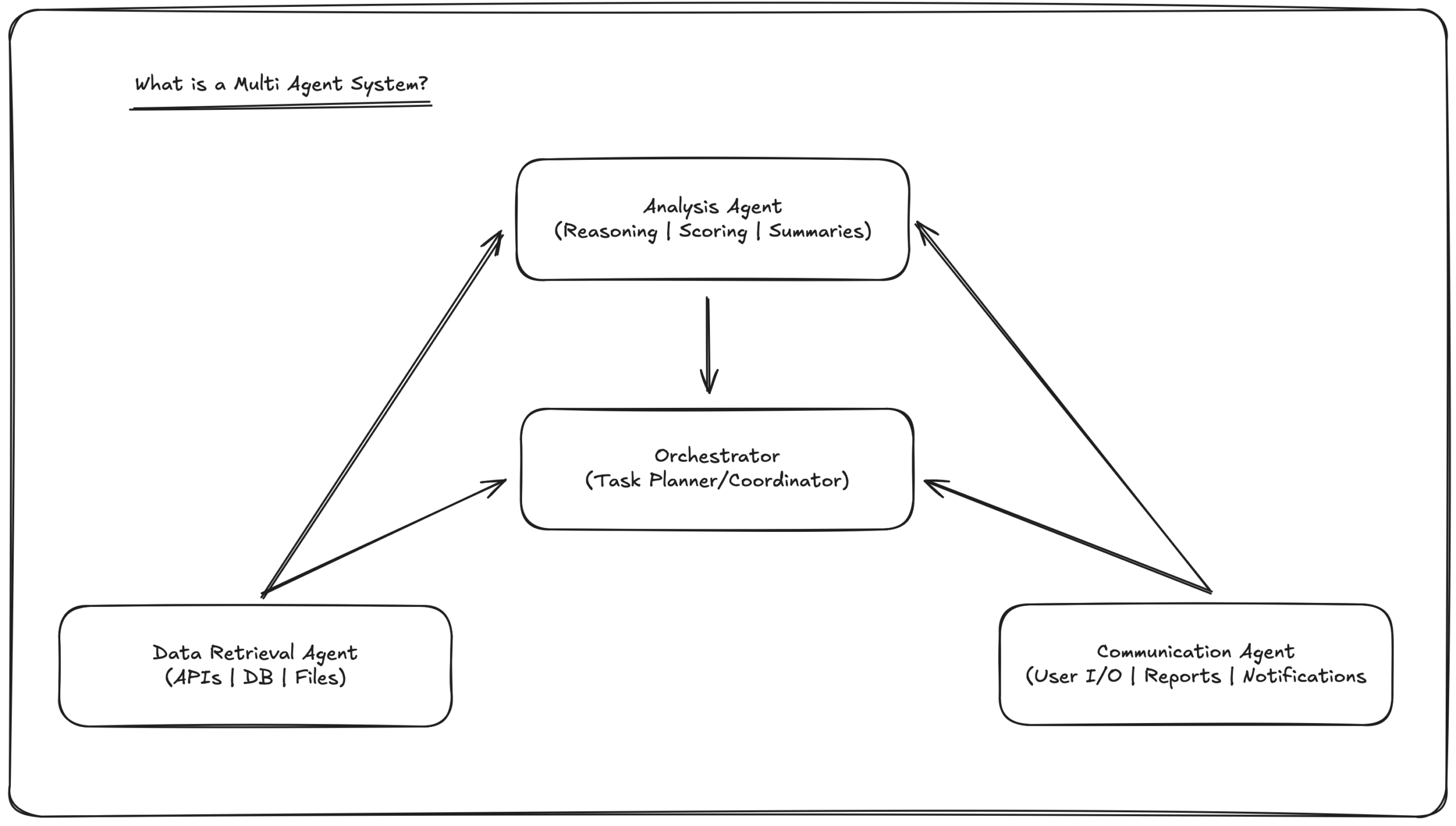
Key Components of an Agentic–Multi-Agent Application
Large Language Models (LLMs):
Serve as the core “reasoning engine,” capable of understanding goals, generating plans, and interpreting results. Modern models (e.g., Gemini 2.5 Pro) demonstrate strong capabilities in human language understanding and basic planning.
Tools & APIs:
Defined interfaces that agents can call to interact with external systems—CRM platforms, ERP databases, payment gateways, or custom back-end services (e.g., BigQuery).
Agent Definitions:
While agents can be defined in code or with structured configuration files, a common approach for modern systems is to configure them using a natural-language profile that specifies:
- Goals: What business outcome the agent is trying to achieve (e.g., “Retrieve latest customer sentiment scores”).
- Persona & Constraints: Behavioral guidelines, domain expertise, and “do’s & don’ts” to ensure compliance and consistency.
- Available Tools: Which APIs or services the agent may invoke, and under what conditions.
Orchestrator / Controller:
While some multi-agent systems use a decentralized model where agents collaborate as peers, a common and powerful architecture involves a central orchestration layer. This component acts as the “brain” or “manager” for the system and typically handles the following:
- Planning & Delegation: Invokes the primary LLM with the user’s goal, agent definitions, and tool descriptions to create a high-level plan. It then delegates steps in that plan to the appropriate specialized agents.
- Execution & Feedback Loop: Executes each step—calling tools or handing off tasks—then feeds the results back to the reasoning engine for dynamic replanning and error correction.
- State & Memory Management: Tracks the overall progress, intermediate data, and conversation history to ensure long-running tasks remain coherent and context is not lost between steps.
How the Agentic Process Works at a Glance
1. User or System Issues High-Level Goal
A user prompt or automated trigger defines the ultimate objective.
e.g., “Generate a monthly sales report and summarize key trends.”
2. Orchestrator Invokes LLM-based Planner
The orchestration layer sends the high-level goal, along with the profiles of available agents and descriptions of their tools, to the LLM. It prompts the LLM to act as a planner and return a logical sequence of subtasks.
3. LLM Returns a Plan
The model returns a structured plan broken into discrete steps.
e.g., (1) Query sales database for last month’s data; (2) Aggregate sales by region and product; (3) Call charting tool to visualize data; (4) Generate narrative summary of key trends
4. Orchestrator Executes Steps
The orchestrator executes the plan, delegating each task to the appropriate agent or tool.
Step 1 → Call database API
Step 2 → Run analysis agent
Step 3 → Call charting tool.
Independent steps in the plan can often be executed in parallel by different agents to increase efficiency.
5. Feedback Loop and Dynamic Replanning
The result of each completed step is fed back to the LLM-based planner. This allows the system to handle errors, adapt to unexpected results, and adjust the plan in real time.
6. Final Output Delivered
The system delivers a coherent, final output that fulfills the original goal.
e.g., A human-readable report with charts, a dashboard update, or an API response grounded in enterprise data.
By structuring AI applications around multiple agents and a robust orchestration framework, businesses can automate end-to-end workflows—ranging from customer support to pricing optimization—while enabling transparency, governance and the ability to evolve over time when carefully designed and orchestrated.
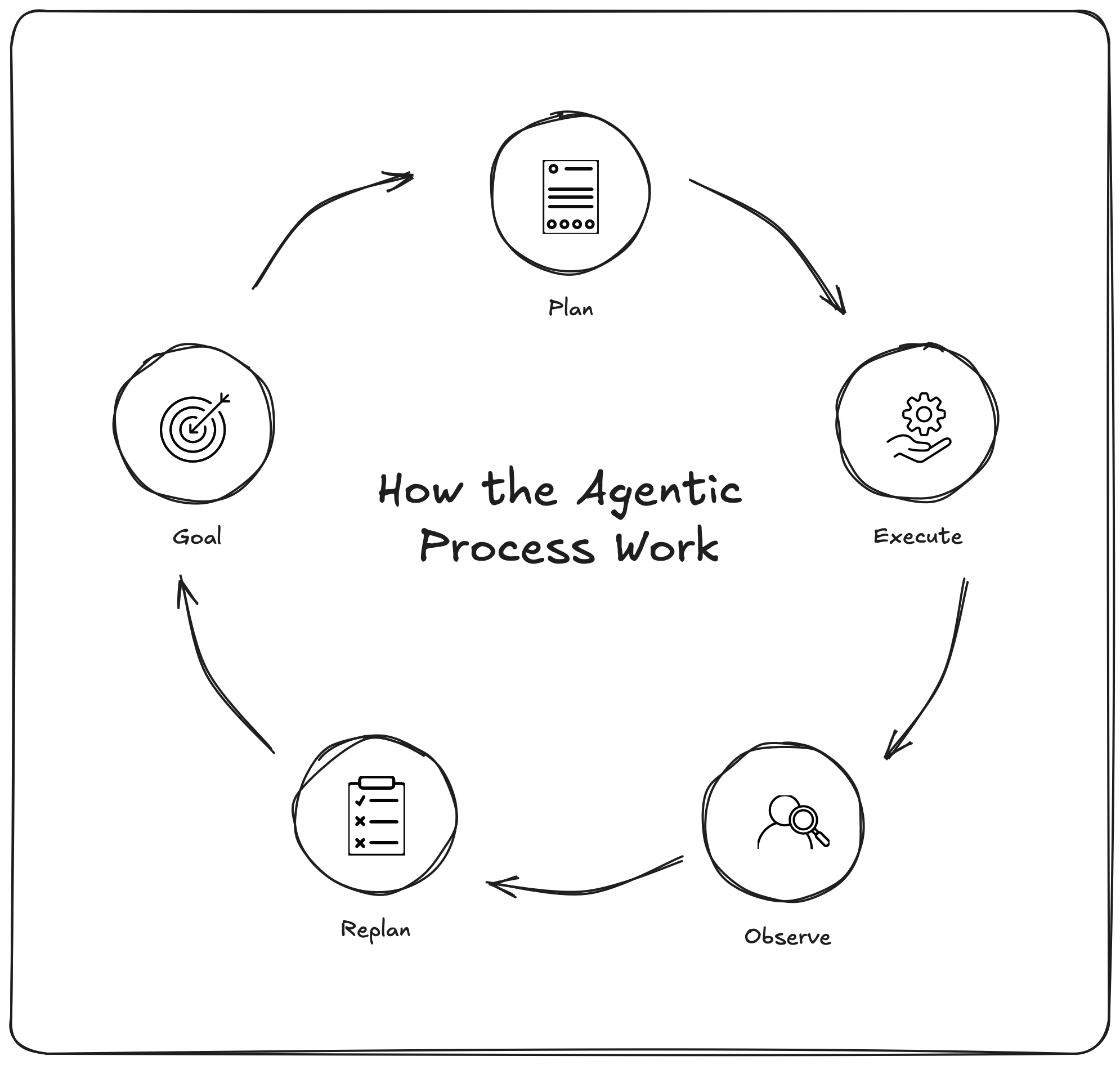
Why You Need an Agentic AI Platform
Building and orchestrating even a single agent-based workflow involves numerous moving parts—LLMs for reasoning, tool integrations for real-world actions, durable memory stores for multi-step context, and an orchestration layer to plan, execute, observe, and replan.
Scale that out to multiple specialized agents collaborating on a business goal, and the technical complexity grows exponentially. Without a unified platform, teams must cobble together disparate SDKs, implement custom monitoring and tracing, wrestle with versioning across models and APIs, and build bespoke session-management and quality-rating systems from scratch.
An enterprise AI platform is designed to address this complexity by providing a structured, integrated environment for development and deployment. It solves these challenges by providing:
- End-to-End Tooling: A unified SDK to define agents, compose them into multi-agent topologies, visualize execution flows, and combine rule-based decisions with LLM-driven responses in the same flow.
- Managed Runtime & Observability: Leading platforms, such as Google Cloud’s Vertex AI, offer a fully managed engine that handles scaling, session persistence, memory management, telemetry, and performance tracing—so you can focus on agent design, not infrastructure.
- Reusable Templates & Best Practices: A curated agent collection of sample applications and tool connectors that jump-start common use cases—from customer service bots to data-science assistants—accelerating your team’s time to value.
- Enterprise-Grade Governance: Built-in security, compliance, and cost-management controls, plus seamless connectivity to your private data stores, APIs, and SaaS applications, ensuring your agents operate safely within corporate boundaries.
By adopting an end-to-end platform, you gain a consistent, repeatable foundation for building, deploying, and governing agentic solutions. Learn more about building AI Agents with Vertex AI.
Krasamo AI Development Company
At Krasamo, we specialize in end-to-end AI development services. Whether you’re just beginning to explore agentic system architectures or you’re ready to deploy enterprise-scale solutions, our team brings the right blend of technical expertise, industry best practices, and a proven process:
1. Discovery & Strategy
- Use-Case Identification
- Business Impact Modeling
2. Architecture & Design
- System-Level Agent Architecture
- Data & Tool Integration
3. Development & Prototyping
- Rapid Prototyping
- Custom Logic & Controls
4. Managed Deployment & Scaling
- Production-Ready Deployment Infrastructure
- Operational Monitoring & Governance
5. Optimization & Ongoing Support
- Performance Tuning
- Feature Roadmapping
Contact us for a consultation to explore how multi-agent systems can transform your business.
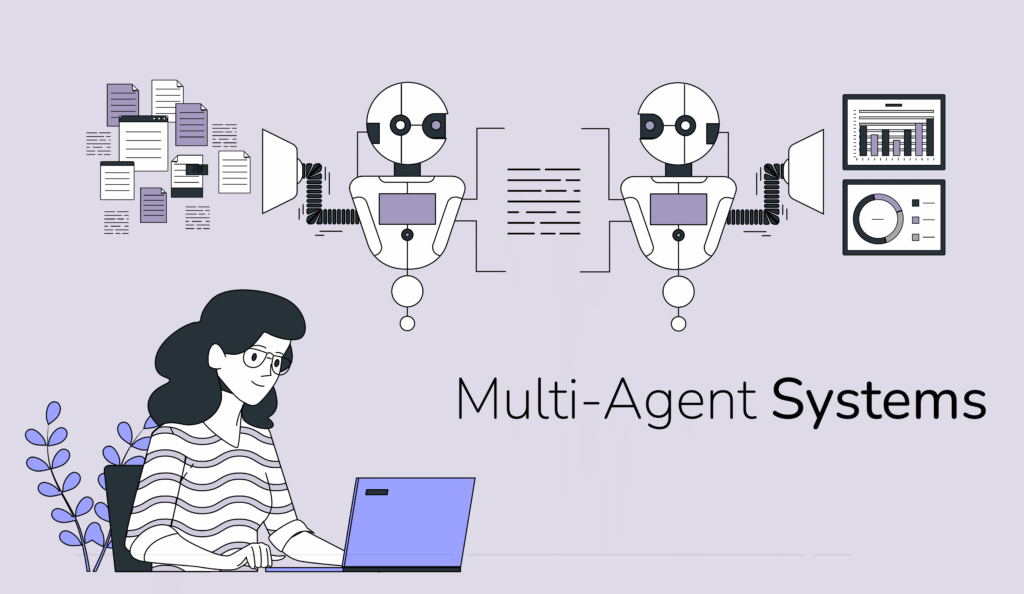









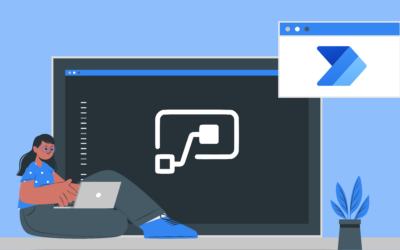
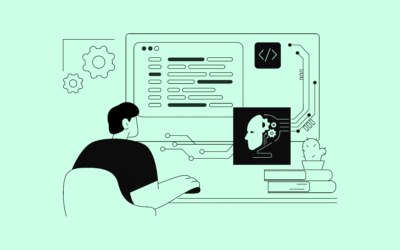
I’d argue that AI agents are woefully underutilized in most multi-agent systems implementations.